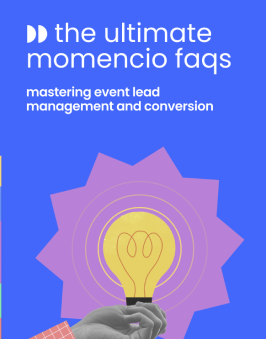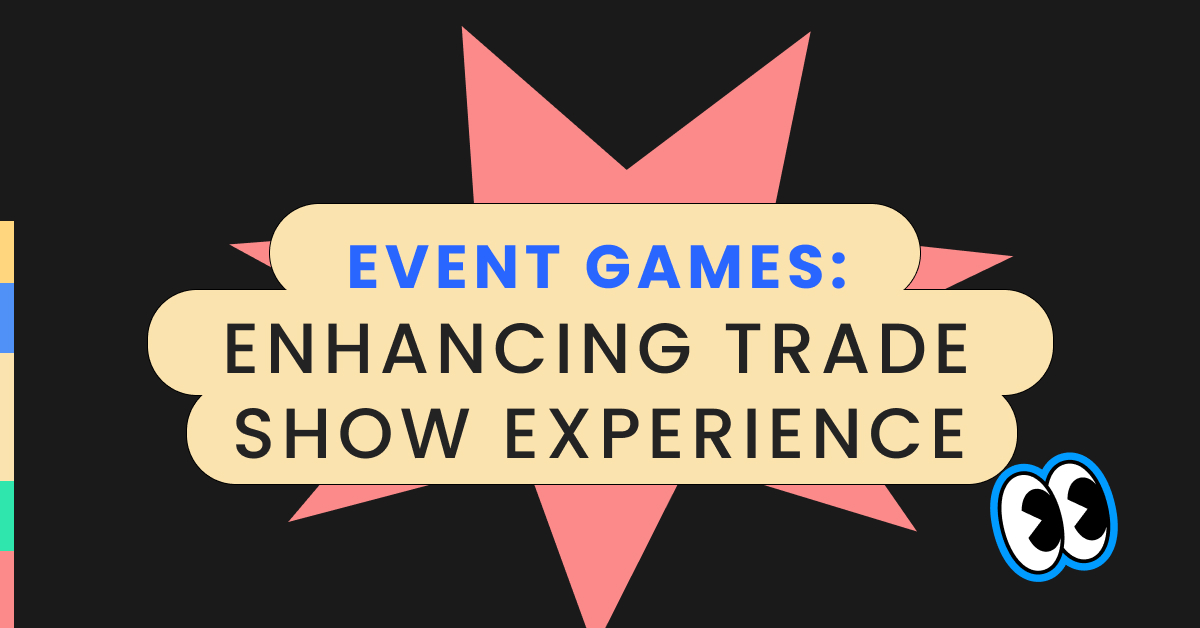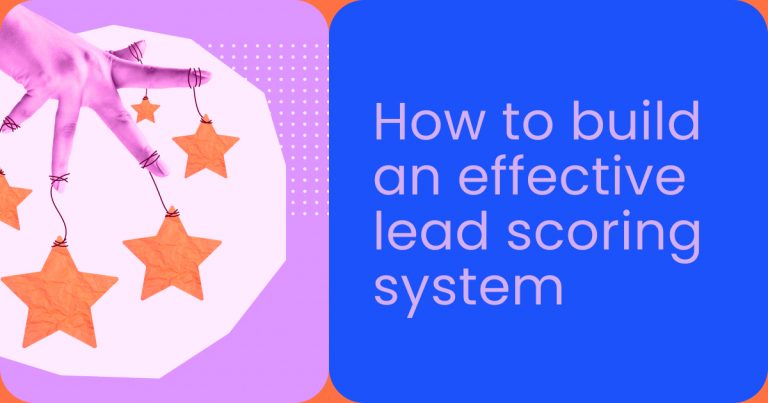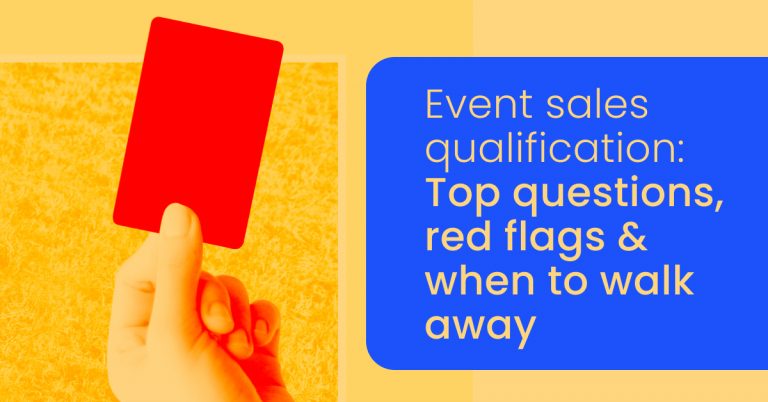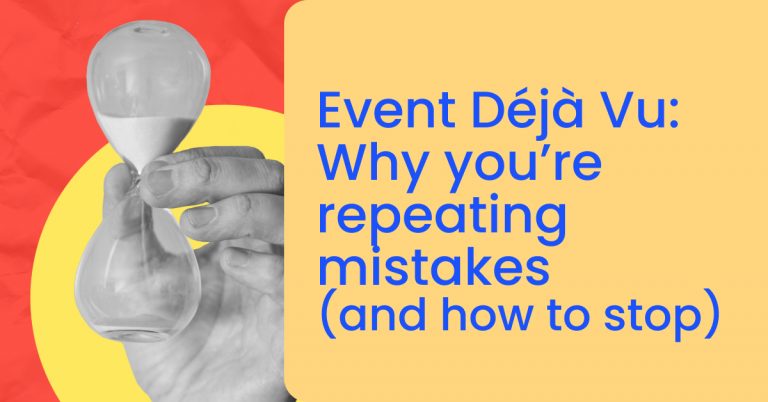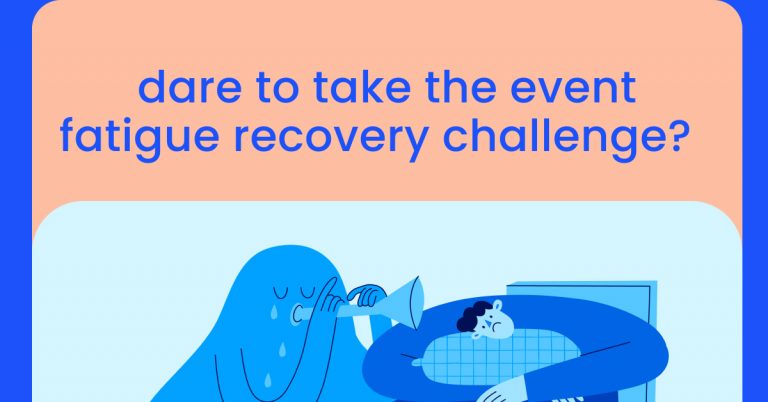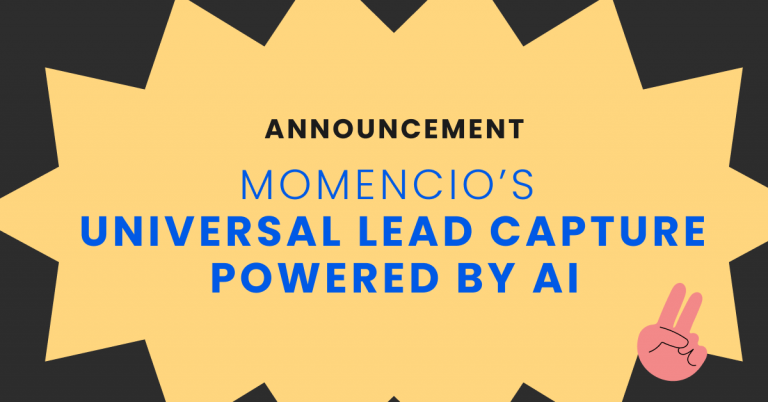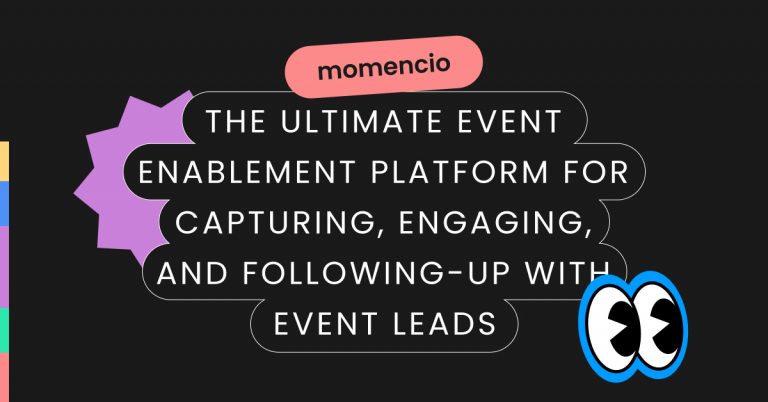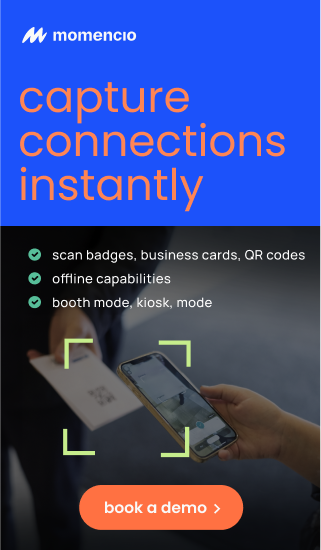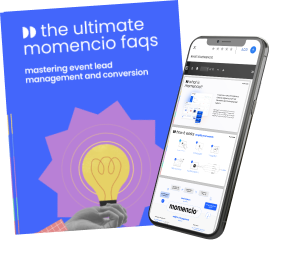Trade shows offer a unique convergence of innovation, networking, and business opportunities, with event planners consistently seeking novel ways to capture attendees’ interest and stand out among competitors. Among the myriad of strategies employed, event games have emerged as a dynamic tool to enhance the trade show experience, propelling both engagement and lead generation to new heights. Engaging visitors through interactive event games isn’t just about entertainment; it’s a carefully strategized move towards enriching the trade show journey.
Statistics from the Event Manager Blog report that incorporating interactive elements like games can increase attendee satisfaction by up to 33%. Furthermore, a study by the Center for Exhibition Industry Research underscores this, revealing that interactive exhibits are 52% more likely to stop trade show attendees in their tracks than static displays. With the rise of experiential marketing, event games have taken a front seat in driving traffic to booths, creating memorable experiences, and initiating conversations that pave the way for lasting business relationships.
In this in-depth exploration, we will delve into the art of selecting and implementing event games that resonate with your brand identity and audience, outline strategies for integrating these games into your trade show booth design effectively, and discuss best practices for post-event follow-up to capitalize on the connections made through these engaging activities. Remember, the goal is not just to entertain but to create a strategic, immersive environment that fosters connections and leaves a lasting impression on attendees, ultimately driving trade show success.
The Psychology Behind Event Games and Attendee Engagement
The allure of event games in trade show environments taps into fundamental aspects of human psychology. These interactive elements catalyze the attendees’ engagement, leveraging innate tendencies such as playfulness, competition, and the desire for rewards.
The Pull of Playfulness
Humans are naturally inclined towards activities that evoke a sense of fun and play. When event planners incorporate games into their trade show booths, they are invoking this primal instinct. It’s not just about a brief respite from the seriousness of business. According to a study published in the Journal of Psychology and Marketing, playful experiences can enhance cognitive flexibility and problem-solving, skills that are beneficial in a networking-heavy environment like a trade show.
Competition Drives Action
Competitiveness is another psychological trigger that event games exploit. When there’s something to be won, attendees are more likely to participate and engage. A survey by the Event Marketing Institute reveals that 81% of trade show attendees say that competitive activities substantially help in understanding a new product. The competitive spirit also fosters a memorable association with the brand hosting the game.
Reward Systems and Dopamine
Rewards are potent motivators. Winning a game or receiving a prize triggers a release of dopamine, the feel-good neurotransmitter. This association between the positive feeling and the brand can be substantial. In fact, neuroscientific research has demonstrated that dopamine not only rewards but also helps in memory formation and retrieval, creating lasting brand impressions.
Social Engagement and Shared Experiences
Event games often encourage interaction between attendees, facilitating networking in a more relaxed and enjoyable context. A study by the Global Association for Marketing at Retail found that shared, interactive experiences lead to a 70% higher retention rate of product information. Games can transform a passive visitor into an active participant, fostering a sense of community and shared excitement that’s conducive to forming stronger business connections.
The Value of Immersive Experiences
Creating immersive experiences is not just a buzzword; it’s an effective engagement strategy. Immersion through games leads to a deeper cognitive and emotional connection to the event and the brand. The Harvard Business Review states that immersive, interactive engagements can increase customer satisfaction scores by up to 20% while also increasing the likelihood of a sale.
Applying Psychology to Game Selection
Choosing suitable games for your event booth involves understanding your target audience’s psychological profile. For example, are they more likely to respond to fast-paced, action-oriented games or strategic, thought-provoking challenges? Will a high-tech virtual reality game align with your brand, or is a simple but classic game more apt for your audience demographic? Each choice can significantly affect the level of engagement and the type of experience attendees will have.
Understanding the psychology behind event games and attendee engagement empowers marketers to craft experiences that not only draw attention but also encourage meaningful interactions. By appealing to the intrinsic motivators that drive human behavior, event professionals can create a strategically engaging environment that enhances attendee experience, promotes brand recall, and ultimately drives lead conversion and sales.
Crafting Memorable Experiences: Best Event Games for Trade Shows
Trade shows are an amalgamation of brand showcases, where every participant is vying for the attendee’s attention. Amid this competition, event games emerge as a beacon of engagement. They’re not merely distractions but strategic mechanisms designed to anchor the attendee’s experience to your brand.
Selecting the Right Game for Your Audience
The selection of an event game should resonate with your brand’s messaging and appeal to your target demographic. For tech-savvy industries, a virtual reality setup where attendees can immerse themselves in a branded experience could be highly effective. In contrast, a simple yet addictive mobile game app that attendees can play at your booth and take away with them can continue the engagement long after the event.
The Classics Reimagined
Classic games like spin-to-win wheels or raffle draws always stay in style, especially when they’re given a fresh twist. Customizing these games to reflect your brand’s theme and including branded prizes increases memorability. For instance, rather than simple generic prizes, offering something unique and valuable, like exclusive services or custom products, can make a significant impact.
Interactive Technology Games
Technology can amplify the traditional game experience. For example, utilizing touchscreens for quizzes about your industry or products can be both educational and engaging. Leaderboards for these games encourage a competitive spirit, keep attendees returning to see their rankings, and can be a conversation starter.
Educational Games for Thought Leadership
If your brand is positioned as a thought leader, your games should reflect that. Interactive quizzes, problem-solving challenges, or even industry-related trivia can position your brand as knowledgeable and informative while still being fun. Statistics reveal Interactive content generates 52.6% more engagement than static content.
Games That Build on Booth Design
Integrating games into your booth’s physical design can be particularly effective. For example, a construction company might include a giant Jenga game to symbolize building stability, or an IT firm might use a wire loop game to represent steady hands in network management.
Leverage Social Media
Incorporating a social media element where attendees can share their game experiences on their platforms not only amplifies engagement but also increases your brand’s reach. Visual content gets 40 times more shares by consumers on social media and conversion rates increase by 86%. Create a visually appealing post, use a branded hashtag for your game, and encourage participants to use it to get a chance to be featured on your company’s social media pages or win additional prizes.
Games as a Gateway to Education
The ultimate goal of event games is to educate attendees about your product or service in an engaging way. For example, a game that simulates a common problem your product solves can be highly educational and leave a lasting impression of your brand’s utility.
Metrics to Measure Success
A strategy is only complete with a means to measure its effectiveness. Use game-related metrics like participation rates, social media engagement, and leads captured to evaluate the success of your event games. Post-event surveys can also provide insights into how the game affected the overall experience.
Selecting and designing a suitable event game requires a blend of creativity, brand alignment, and an understanding of your audience. From high-tech interactive displays to simple yet cleverly branded traditional games, the possibilities are endless. The key is to provide an experience that’s enjoyable, memorable and seamlessly integrates with your overall trade show presence.
Check out here Ashland’s case study: An interactive experience
Integrating Games with Your Trade Show Booth Design
The magic of event games not only lies in their ability to engage but also in how seamlessly they are woven into the very fabric of your trade show booth design. Thoughtful integration can transform your space into an interactive stage that beckons attendees to participate and connect with your brand.
Strategic Placement for Maximum Interaction
The positioning of your game within the booth layout is critical. It should be easily accessible, visible from the aisle, and placed in such a way that it naturally draws attendees into the booth. Consider putting the game at the periphery of your booth to attract passersby or centrally to serve as a focal point that facilitates deeper interaction with your brand.
Design Consistency and Branding
The aesthetic of the game should align with the overall booth design and brand identity. Use your brand’s color palette, logos, and messaging to create a cohesive experience. A consistent theme not only reinforces brand recall but also presents a professional and polished image to attendees.
Technology Integration
For games that use technology, ensure that the hardware blends in with the booth’s design elements. Screens for digital games should be at eye level and large enough for multiple people to view, encouraging group participation. Additionally, ensure that any technology used is reliable and that staff is trained to troubleshoot any potential issues quickly.
Encourage Observers Through Design
Your booth design should allow spectators to watch the games comfortably. This spectator effect can create curiosity among other attendees and drive more traffic to your booth. Consider elevated screens showing live scores or leaderboards that can be seen from a distance.
Physical Space Considerations
When incorporating physical games, ensure there’s ample space for participants to move around without disrupting the flow of traffic through your booth. Safety is paramount, so keep the area around the game clear of tripping hazards and ensure any equipment is securely installed.
Interactive Demos and Storytelling
Incorporate games that tell a story or simulate a demonstration of your product or service. For example, if your product solves a particular problem, design a game where attendees can experience the problem and then ‘win’ by using your product to solve it. This not only educates attendees about your offering but also does so engagingly and memorably.
Staff Engagement
Train your booth staff to invite attendees to play and be on hand to explain the rules. Staff should be enthusiastic and encourage participation, but also skilled at turning game conversations into discussions about the attendee’s needs and how your product or service can meet them.
Concluding the Game Experience with a Business Interaction
Once the game concludes, have a plan for guiding participants into a deeper engagement with your brand. Whether it’s moving to a demo area, a one-on-one consultation space, or collecting contact information for a follow-up, the transition should be seamless and natural.
The integration of event games within your trade show booth design is an art that, when executed well, can significantly amplify engagement and generate leads. From strategic placement to design and staff involvement, every aspect should aim to create an environment that’s not just fun but also fertile ground for business opportunities.
Leveraging Event Games for Lead Generation and Capture
Event games aren’t just a hit with attendees—they’re also a secret weapon for lead generation. When implemented strategically, they can naturally and engagingly capture potential customers’ attention and information.
Design Games with Lead Capture in Mind
Incentivize participants to provide their contact details for a chance to play or to enter a competition. This can be as simple as having a sign-up sheet next to the game or as high-tech as an app that attendees can log into, which can then track their progress and capture their data.
Seamless Data Integration
Utilize games that are integrated with your CRM system. For example, a badge-scanning game where attendees swipe their event passes to play can instantly transfer their details into your database. This method not only captures leads efficiently but also improves data accuracy by reducing manual entry errors.
Follow-up as Part of the Game
Make the follow-up process part of the game experience. For example, participants could receive their game results or photos via email after the event, providing a natural touchpoint for further communication. This follow-up should be timely—ideally, within 24 hours while the event is still fresh in their minds.
Quality Over Quantity
While games can attract a large crowd, ensure the leads you capture are of high quality. Tailor the game to appeal to your ideal customer profile, which can help filter out attendees who are less likely to be genuine prospects. Moreover, engaging games can often result in more in-depth conversations, which can give your sales team valuable insights into each lead’s interests and needs.
Training Staff for Effective Lead Capture
Educate your staff on how to engage with attendees in a meaningful way during the game. They should be adept at striking a balance between facilitating fun and identifying potential sales opportunities. Post-game, they should be skilled at guiding the conversation from the game to how your product or service can benefit the attendees.
Incentivizing Detailed Information Sharing
Offer better prizes or rewards for attendees willing to share more detailed information. For example, a small prize could be offered for basic contact information. In contrast, a much larger prize could be available for attendees who complete a more detailed survey about their business needs.
Tracking and Analytics
Tracking mechanisms should be incorporated into the games to analyze participant behavior. This data can reveal how engaged they were with the game, how much they learned about your product, and whether they are a warm lead worth pursuing immediately.
Leverage Gamification Throughout the Sales Funnel
Extend the gamification beyond the trade show floor. For instance, leads could be invited to participate in an online game post-event, which continues to educate them about your offerings and nudges them further down the sales funnel.
By leveraging the inherent draw of competition and play, event games can be a powerful tool for lead generation and capture at trade shows. With the right approach, these interactive experiences can gather a wealth of potential customer data in a way that attendees appreciate and enjoy. The goal is to create a seamless transition from fun and games to serious business discussions, maximizing the ROI of your trade show investment.
Post-Event Strategies: Turning Fun into Business Opportunities
The trade show may end, but the opportunities created by event games have only just begun. A strategic post-event follow-up plan can turn the excitement and engagement generated by event games into solid leads and sales.
Immediate Post-Event Communication
Strike while the iron is hot with a timely post-event communication strategy. Send a thank you message or email that recalls the fun of the game and segues into how your product or service can continue to deliver value. Personalize these communications with details from the game experience or the conversation that followed.
Analyze Game Data for Personalized Follow-Ups
Leverage the data collected during the games to tailor your follow-up messages. If the attendee excelled in a particular challenge or showed interest in a specific aspect of the game, mention this in your follow-up. It demonstrates attentiveness and can make your message stand out.
Offer Exclusive Post-Event Offers
Provide special offers or discounts to attendees who participated in your game. These offers can act as a reward for engaging with your brand and a motivation to continue the conversation. Make sure these offers are time-sensitive to create a sense of urgency.
Utilize Gamification for Continued Engagement
Keep the game alive by inviting participants to a digital version or a continuation of the game online. This continued interaction keeps your brand at the forefront of their minds and reinforces the positive experience they had at your booth.
Turn Game Winners into Brand Ambassadors
Capitalize on the excitement of game winners by turning them into brand ambassadors. Share their success stories and testimonials on your social media channels and website. This not only creates content but also amplifies their positive experience for a broader audience.
Post-Event Surveys for Improvement
Send out surveys that inquire about the attendee’s experience at the event and with the game specifically. This feedback is invaluable for improving future events and can also serve as another touchpoint for engagement.
Leverage CRM for Nurturing Leads
Ensure all the leads captured are segmented correctly in your CRM system for effective lead nurturing. Use the insights gained from their game interactions to send relevant content that moves them through the sales funnel.
Content Marketing that Reflects the Game Experience
Develop content that reflects the theme and excitement of the game. For example, blog posts or case studies that delve into the strategic thinking behind confident game choices can provide deeper insight into your company’s approach and values.
Celebrate and Share Event Successes Internally
Internally, share the success and lessons learned from the event games with your sales and marketing teams. This can boost morale and equip your sales team with real-life examples of how attendees interacted with your brand.
The conclusion of a trade show is not the end but the beginning of a new phase in customer engagement. With a solid post-event strategy, the leads generated from event games can be nurtured and developed into lasting relationships and sales. By maintaining the momentum and connection initiated by the games, you can convert the fun and engagement into measurable business growth.
Interesting Facts: Data-Driven Insights on Event Gamification
- Engagement Statistics: Booths with games see 40% higher foot traffic compared to those without.
- Lead Quality: Interactive game participants are 30% more likely to provide complete and accurate contact information.
- Retention Rates: Attendees who engage in booth games retain product information 22% better than those who do not.
- Post-Event Sales: Follow-ups with leads captured through games have a 15% higher conversion rate.
Game On for Trade Show Success
Trade shows are more than just a platform for presentations; they’re an opportunity to truly engage with your audience and leave a lasting impression. The strategic use of event games can make the difference between a forgettable interaction and a memorable experience that leads to a sale. By understanding the psychology of play, integrating games into your booth design, capturing leads through gamification, and following up post-event, you create a comprehensive strategy that not only delights attendees but also drives your business objectives.
FAQs: Leveraging Games for Maximum Event Impact
- How do event games contribute to lead generation?
- Event games attract attendees to your booth and provide an enjoyable way to collect contact information, qualify leads through interaction, and set the stage for follow-up conversations.
- What types of games work best for trade show booths?
- The best games are those that align with your brand identity, resonate with your target audience, and serve your lead generation goals—ranging from high-tech VR experiences to simple, brand-themed quizzes.
- How can I ensure attendees participate in our booth games?
- Offer enticing incentives, make the game visually appealing and easily accessible, and train your staff to invite and guide attendees to participate actively.
- Can games really help in post-event lead conversion?
- Absolutely. Games create memorable experiences that, when recalled in follow-up communications, can help warm leads and pave the way for conversion.
- How do I measure the success of using games at my trade show booth?
- Track participation rates, lead capture data, and social media engagement related to the game, and monitor the conversion rates of leads gathered via the game.
Take Your Trade Show to the Next Level with Interactive Engagement
Are you ready to transform your trade show results? It’s time to embrace the power of event games with momencio. From capturing leads in real-time using customizable surveys and quizzes to providing actionable post-event insights, momencio is your partner in creating unforgettable booth experiences that convert. So, don’t just exhibit; engage, capture, and convert with momencio.
Book a demo with momencio today and discover how you can level up your trade show game plan and turn fun into business success!
